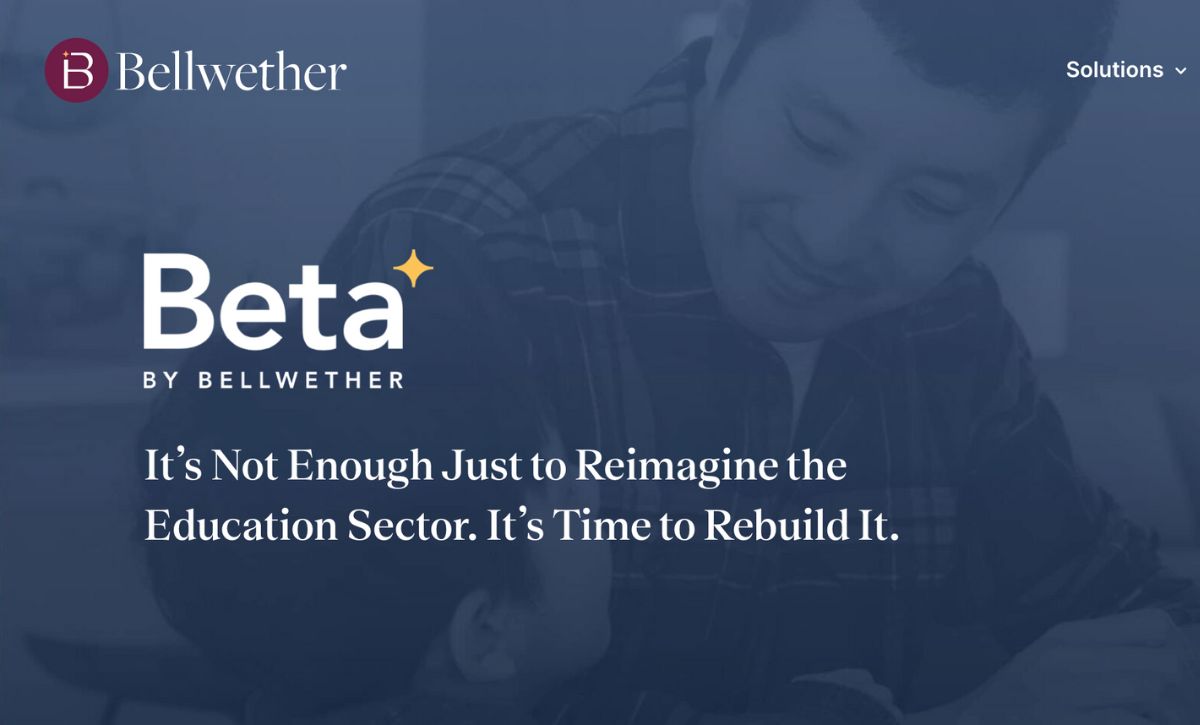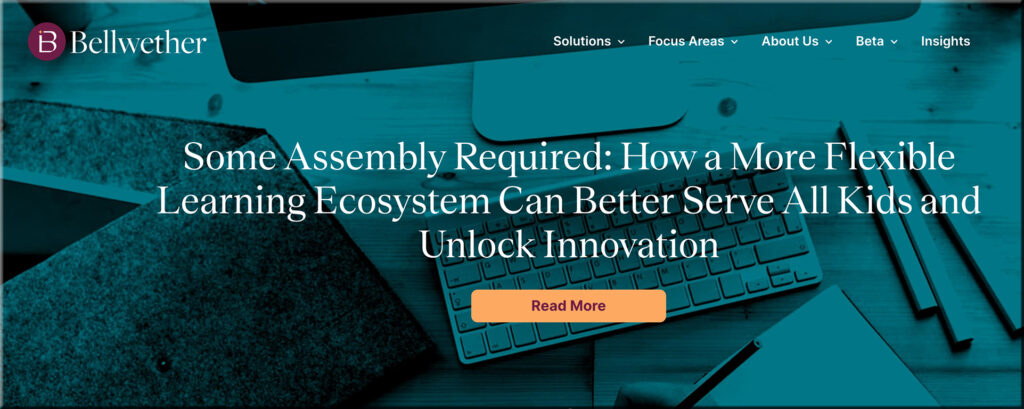Fluid students flowing in and out of education are higher ed’s future. Here’s how colleges must adapt. — from highereddive.com by Anne Khademian
The Universities at Shady Grove’s executive director adapts the fluid fan idea reshaping the business of sports, shedding light on higher ed’s future.
We need less tweaking and more rethinking of how to deliver greater access, affordability and equity in higher education, and we must do it at scale. We need a new paradigm for the majority of students in higher education today that commits to meaningful employment and sustainable-wage careers upon completion of a degree or credential.
The challenge is the same for the business of higher education in serving future, more fluid students — and today’s nontraditional students. Many need to flow in and out of jobs and education, rather than pursue a degree in two or four years. Increasingly, they will seek to direct their educational experience toward personalized career opportunities, while stacking and banking credentials and experience into degrees.
From DSC:
Coming in and going out of “higher education” throughout one’s career and beyond…constant changes…morphing…hmm…sounds like a lifelong learning ecosystem to me.
#learningecosystems #learningfromthelivingclassroom
#highereducation #change #lifelonglearning
75% of master’s programs with high debt and low earnings are at private nonprofits — from highereddive.com by Lilah Burke
Urban Institute report undermines narrative that programs with poor student outcomes are all at for-profit colleges and in the humanities.
Although private nonprofit institutions accounted for 44% of all master’s programs in the data, they made up 75% of programs with high debt and low earnings.
Tuition increases, lower capital spending likely in store for higher ed as inflation persists, Fitch says — from highereddive.com by Rick Seltzer
The next inflation-driven worry: Rising college tuition — from washingtonpost.com by Nick Anderson and Danielle Douglas-Gabriel
Families are concerned about affordability of higher education
Spiraling rents are wreaking havoc on college students seeking housing for the fall — from by Jon Marcus
Big hikes are forcing students deeper into debt, risk pushing more out of school altogether
From DSC:
From someone who is paying for rent for a college student — along with tuition, books, fees, etc. — this has direct application to our household. If there isn’t a perfect storm developing in higher ed, then I don’t know what that phrase means.
#costofhighereducation #inflation
HBCUs see a historic jump in enrollments — from npr.org with Michel Martin; with thanks to Marcela Rodrigues-Sherley and Julia Piper from The Chronicle for the resource
Also from that same newsletter:
What would Harvard University’s ranking be if the only criteria considered was economic mobility? According to The Washington Post, it would be 847th out of 1,320. First place would go to California State University at Los Angeles.
A New Vision for the Future of Higher Education: Prioritizing Engagement and Alignment — from moderncampus.com with Amrit Ahluwalia and Brian Kibby
Excerpt:
Change is a constant in higher ed, just as it is in the labor market. Staying up to date and flexible is more important than ever for colleges and universities, and through the pandemic, many relied on their continuing and workforce education divisions to support their agility. In fact, 56% of higher ed leaders said the role of their CE units expanded through the pandemic.
The pandemic led to some of the biggest innovations in continuing ed in recent memory.
Students Lobby Lawmakers to Improve College Experience for Neurodiverse Learners — from edsurge.com by Daniel Lempres
Excerpt:
Lobbying for more support for students with learning disabilities in higher education, the students called for increased funding for the National Center for Special Education Research and the Individuals with Disabilities Education Act (IDEA Act) — legislation which requires that children with disabilities be given a free and appropriate public education, and makes it possible for states and local educational agencies to provide federal funds to make sure that happens. They also encouraged lawmakers to pass the RISE Act, a bill designed to better support neurodiverse students in higher education.
What a Homework Help Site’s Move to Host Open Educational Resources Could Mean — from edsurge.com by Daniel Mollenkamp
How can leaders bridge the gap between higher ed and employers? — from highereddive.com by Lilah Burke
Dive Brief:
- Partnerships between higher education institutions and employers can be difficult to create, often because of misalignment between the cultures, structures and values of the two groups, according to a July report from California Competes, a nonprofit policy organization focused on higher education.
- Higher ed leaders could improve employer relations by making industry engagement an expected responsibility of both faculty and staff, said the report, which drew from 28 interviews with people at colleges and employers.
- Robust employer engagement can strengthen enrollment and job outcomes for students, the authors argued, while also benefiting state and local economies.
Price-fixing lawsuit against 568 Group of top-ranked universities can continue, judge rules — from highereddive.com by Rick Seltzer
Termination of the Accrediting Council for Independent Colleges and Schools as an ED Recognized Accrediting Agency — from blog.ed.gov












 Image from: Utah National Park Trips
Image from: Utah National Park Trips